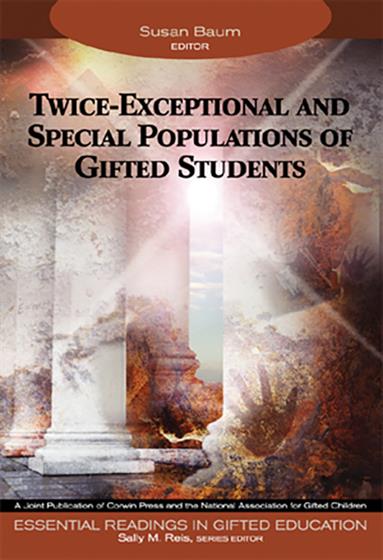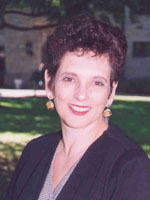Hands-on, Practical Guidance for Educators
From math,
literacy, equity, multilingual learners, and SEL, to assessment, school counseling,
and education leadership, our books are research-based and authored by experts
on topics most relevant to what educators are facing today.

Twice-Exceptional and Special Populations of Gifted Students
The expert guide to meeting the needs of twice-exceptional and other at-risk gifted students!
Special learning needs, cultural expectations, and issues of poverty greatly complicate the identification of gifts and talents among at-risk students. And traditional gifted programs fail to fully address the unique needs of these special populations. Twice-Exceptional and Special Populations of Gifted Students offers critical insights and promising practices designed to prevent these high-potential at-risk students from falling through the cracks.
Key features include:
- Susan Baum's thorough synopsis of the critical issues affecting twice-exceptional students and other special gifted populations
- Strategies for identifying giftedness masked by gender, cultural, economic, and/or behavioral issues
- Examples of appropriate programming options
- Grade Level: PreK-12
- ISBN: 9781412904322
- Published By: Corwin
- Series: Essential Readings in Gifted Education Series
- Year: 2004
- Page Count: 184
- Publication date: March 06, 2004



